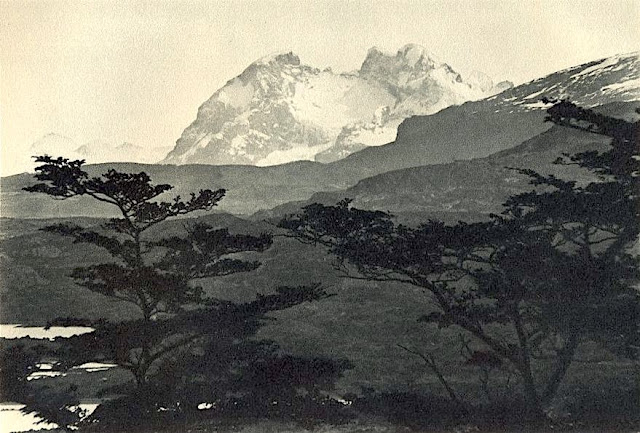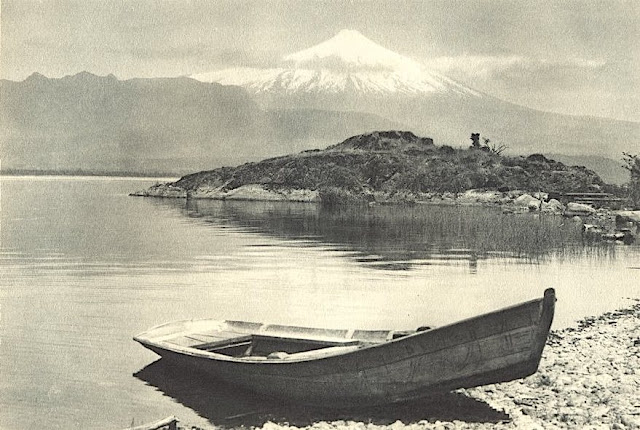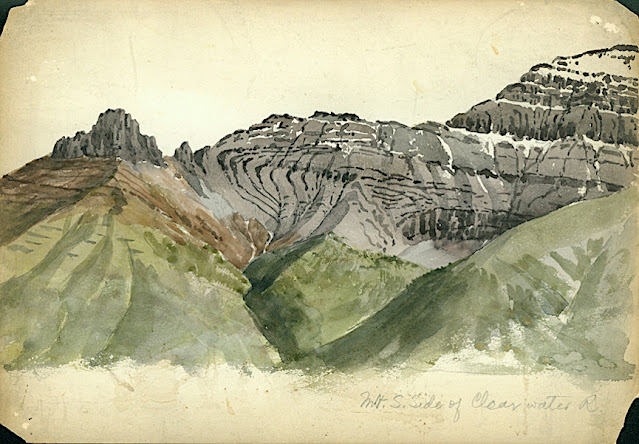The mountain
Cerro Rico (4,782 m - 15,689 ft) "rich mountain" in spanish or Cerro Potosí or Sumaq Urqu, "beautiful, good, pleasant mountain" in Quechua, is a mountain in the Andes near the Bolivian city of Potosí. Cerro Rico, which is popularly conceived of as being "made of" silver ore, was famous for providing vast quantities of silver for Spain during the period of the New World Spanish Empire. It is estimated that 85%percent of the silver produced in the central Andes during this time came from Cerro Rico. As a result of mining operations in the mountain, the city of Potosí became one of the largest cities in the New World.
Cerro Rico de Potosí was accidentally discovered in 1545 by Diego de Huallpa, a Quechua silver miner for Spanish invaders, while he was searching the mountain for an Inca shrine or traditional burial offering. The red mountain, now known as Cerro Rico, sits nestled between the Porco and Sucre mines, which had previously been discovered, being at lower altitudes and therefore easier to mine. However, once Cerro Rico was found to carry predominantly silver ores, mining focus shifted to the harvesting of the more costly ore over ores like tin, zinc, and lead found in Porco and Sucre. Now one of the largest silver mines in Bolivia, and in the world, the Cerro Rico de Potosí mine has estimated reserves of 1.76 billion ounces of silver and 540 million tons of ore grading 0.17% tin. After centuries of brutal Spanish extraction and forced labor, decades of foreign control and private investment in the late 20th century, and the failure of the state-run mining company COMIBOL led to the displacement of 25,000 miners following plummeting mineral prices in the 1990s, "informal, self-managed associations" began selling "unrefined product to private operators".Bolivia's cooperative mining sector, whose center is in Potosí, has been given many privileges included favorable tax treatment and exemption from labor and environmental regulations since the election of socialist president Evo Morales in 2006. National Federation of Mining Cooperatives in Bolivia (FENCOMIN) was a vital player in insuring the successful popular election of Evo Morales and also functioned as one of the leaders in drafting Bolivia's new constitution establishing a plural mining economy (state, private, and cooperative). However, over the last ten years much conflict has arisen between cooperative miners and state miners. In 2006, state miners and cooperatives clashed at Huanuni leaving 16 dead leading to the firing of Morales' first Mining Minister, a member of FENCOMIN. Most recently in 2016, Bolivia's Deputy Interior Minister Rodolfo Illanes was tortured and killed, allegedly by a Bolivian mining cooperative. This outburst of violence has led to clashes between cooperative miners and the police leaving five miners dead and severing a decade of strong ties between cooperative mining and the Morales government
The painter
Gaspar Miguel de Berrío was a painter, representative of the South American baroque who worked in Potosí, then viceroyalty of Peru in Upper Peru but nowadays located in present-day Bolivia.
He is listed as one of the main representatives of the Potosí school, after Melchor Pérez de Holguín, of which he is said to have been a disciple. His work combines religious themes, echoes of "spanish darkness", the use of gold leaf and landscapes of his pwn city, the very rich Potosy town.
It is credited today with about thirty paintings, generally of good quality, such as : The panoramic view of Potosí, (above) today at the Museum of Charcas in Sucre the Adorations of the Shepherds and Kings, at the National Museum of La Paz, the Patronage of San José and others at the National Currency Museum.
_______________________________
2020 - Wandering Vertexes...
by Francis Rousseau


















